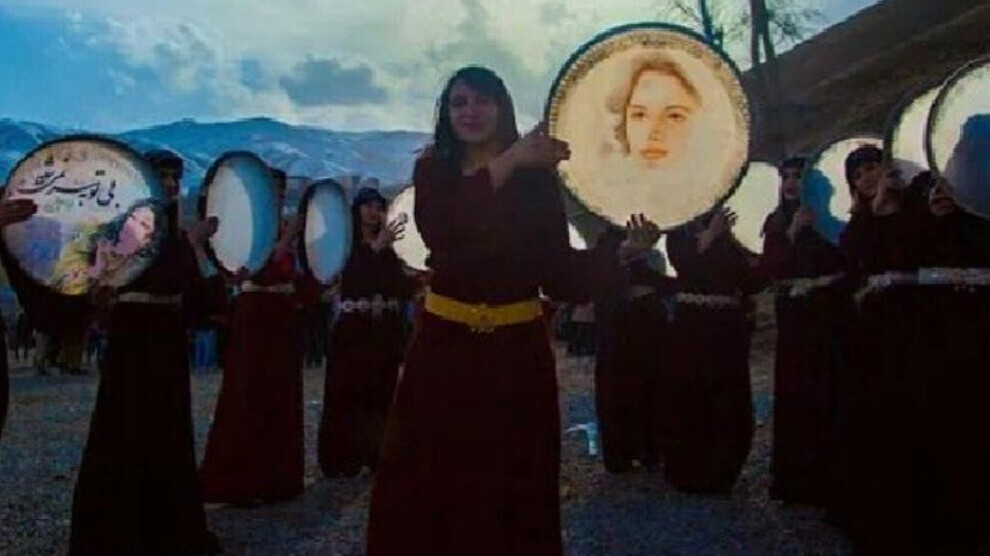Erbane drum, the voice of women
Jiyan Tekçe says that women are the voice of women in the ancient Mesopotamian lands and that the erbane drum is a woman's rebellion against patriarchal society and a cry for peace.
Jiyan Tekçe says that women are the voice of women in the ancient Mesopotamian lands and that the erbane drum is a woman's rebellion against patriarchal society and a cry for peace.

The erbane drum (sometimes called arbani daf) is a woman's cry to the sky in the land of Mesopotamia, where pain, lamentation and death are never missing. It has been known as the sacred voice of women for thousands of years.
The erbane is an instrument that has lived in Mesopotamia for 5 thousand years, from the Sumerians to the present. This percussion instrument is one of the means by which many cultures and beliefs express themselves.
Arabs and Persians call this instrument "daf", while Kurds call it "erbane".
The erbane has made a place for itself in every aspect of life for centuries. While it was the ancient instrument for weddings, funerals, mawlids and laments, it also served as a spiritual sound that was thought to cure fear and diseases.
The erbane and the woman are one
In these lands, the erbane and the woman are one. They meet in longing, love, pain, tears and lamentation. The drum became the voice of freedom of the woman who was suppressed, imprisoned at home, murdered by patriarchal society.
This instrument, created by the woman from her own essence, is played with rhythm, not melody.
There are two types of erbane; one made of faux leather and one made of real leather. Those made with genuine leather may loosen or stretch depending on the ambient temperature. The erbane, which is made of real leather, is first made ready to play by spreading the heat evenly in every area with a circular hand movement on the stove. This ensures a clearer sound.
What separates the erbane from other drums is the rings inside it. Erbane is played at chest level, in the middle of the two breasts, that is, covering half of the body, with one hand supported from the bottom and the other hand supported from the middle part. Rhythms are obtained by touching the rings inside the skin with up and down strokes.
The erbane is being carried to future generations by passing from woman to woman.
Erbane teacher Jiyan Tekçe argued that erbane represents women, especially in the cultural sense, and said: "It is a woman's cry, her voice, her sadness, her happiness. A woman expresses her own feelings with the erbane. The woman who plays the erbane is very respected in society. The woman created the erbane because it best reflects her feelings. There is an accumulation of thousands of years in every rhythm. In these lands where pain is always present, women's voices echo with the erbane. The erbane is the woman's cry for peace. Therefore, it has a special value for Kurdish society. As long as the woman exists, the erbane will also exist."